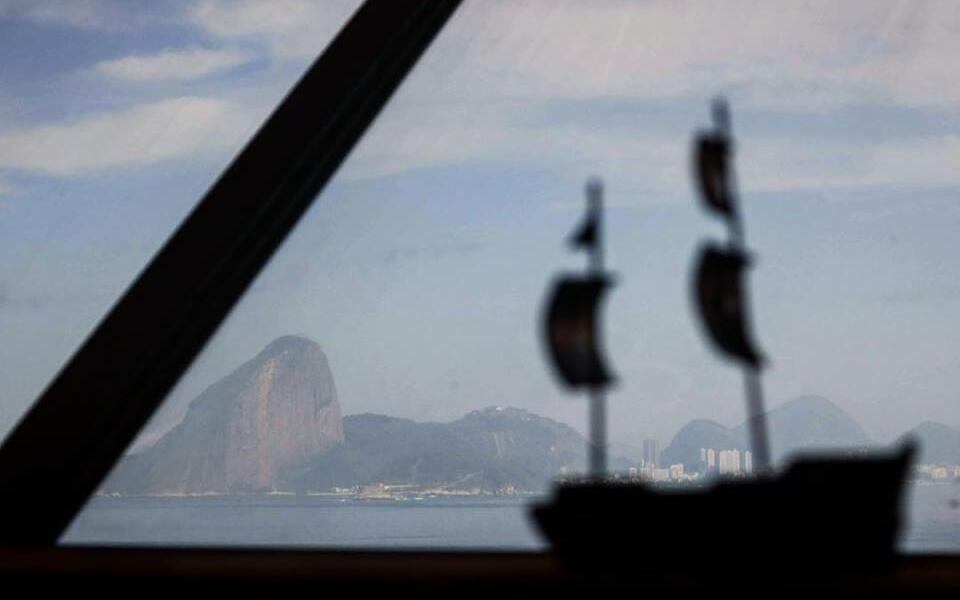WITH TWO NEW EXHIBITIONS, MAC NITERÓI PROPOSES A DEBATE ON DIVERSITY
Since August 11th, The Museum of Contemporary Art of Niterói (MAC) presents two exhibitions of Brazilian artists: A vida renasce, sempre (Life reborn, always), a solo show by Sonia Gomes, and Brinquedo de furar moletom (Piercing pants toy), by Jaime Lauriano. The curatorship is by Pablo León de la Barra and Raphael Fonseca.

On the one hand, A vida renasce, sempre presents almost forty works of the last two decades of Sonia Gomes to the public. Awarded on two occasions (2012 and 2016) with the Pipa Prize, Gomes occupies the main hall of the MAC with drawings - made on paper, textiles and wood -, interventions in books, domestic and work objects, cloths, earrings and sculptures. In this way, A vida renasce, sempre takes a genuine and intimate tour over her latest works.
Characterized by their colours, Gomes artworks allude to an intimate universe linked to the family's memory and to the racial and cultural identity of the artist, as well as being related to her hometown, Caetanópolis -important mining center of Brazil-. The "mining artist", as described in the MAC document, generates a link between the viewer and the complex framework of the Brazilian traditional culture, transforming unstable materials through collages and complex constructions tha become art pieces.
In addition - and perhaps the most relevant data of Gomes exhibition- it’s important to know that this is the first individual show at a museum that Sonia Gomes has made in her career. The artist exhibited for the first time at the advanced age - in relation to the career of an artist - of 46 years old and from there never stopped. A vida renasce, sempre is not only a beautiful opportunity to explore the work of this prolific artist, but also to listen to the cry of a spokesperson for the silenced minorities, such as black women in Brazil.
On the other hand, the exhibition by Jaime Luriano plays with the concept of territoriality from a Brazilian colonial perspective (it is necessary to understand that Luriano has researched deeply about the colonial cartography of Brazil, as well as about the violence that the Portuguese exerted there). Using Portuguese bricks, the Brazilian artist built a sort of barricade / observatory of the landscape that occupies almost three galleries of the museum with a view to Guanabara Bay. At the top of what looks like a wall, a series of small sculptures made of iron used as bullets by the police of Rio de Janeiro represent the militarism that the artist questions: they constitute police cars, war tanks and military aircraft.




